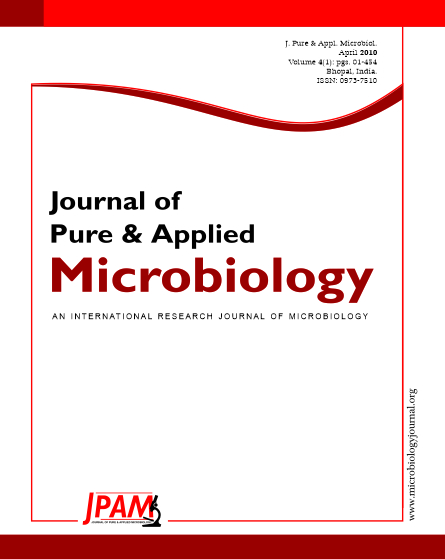The electrophoretic patterns for 12 cyanobacterial strains belonging to two genera (8 Oscillatoria strains and 4 Lyngbya strains) were used for molecular analysis using methods ARDRA and ERIC PCR. The cyanobacterial strains were placed in different groups in each method. Lyngbya lagerheimii and Lyngbya major got grouped separately in all the dendrograms. However Oscillatoria acuminata, Oscillatoria acutissima, Oscillatoria formosa and Oscillatoria earlei resulted more or less in the same group in all the dendrograms. In ARDRA, the two genera formed separate clusters. In ERIC PCR, only Lyngbya lagerheimii, Lyngbya major and Lyngbya martensiana formed separate minor clusters. In all dendrograms one strain from each genus namely Lyngbya spiralis and Oscillatoria obscura out-grouped in ARDRA. However the strain, Lyngbya spiralis was grouped together with Oscillatoria formosa and Oscillatoria boryana. Unique bands more prominently by ARDRA then ERIC PCR. The strain Oscillatoria obscura produced maximum number of unique bands (seven bands) but strains Oscillatoria acuminata, Oscillatoria foreaui and Oscillatoria earlei did not produce any unique bands when compared with both methods. Similarly the strain, Lyngbya martensiana produced 8 unique bands among the strains of Lyngbya in both methods. The dendrogram analyses clearly indicate the relatedness and distinction of the strains, which are morphologically similar.
Cyanobacteria, ARDRA, ERIC PCR, Phylogenetic analysis
© The Author(s) 2010. Open Access. This article is distributed under the terms of the Creative Commons Attribution 4.0 International License which permits unrestricted use, sharing, distribution, and reproduction in any medium, provided you give appropriate credit to the original author(s) and the source, provide a link to the Creative Commons license, and indicate if changes were made.


